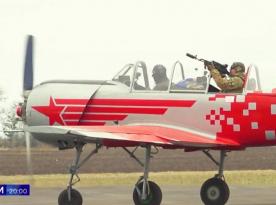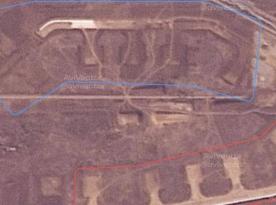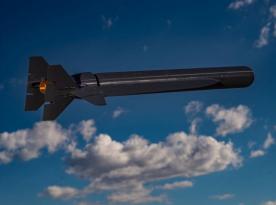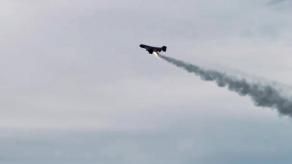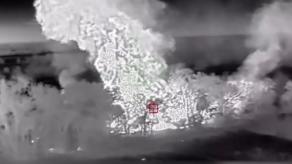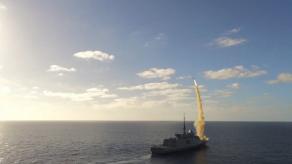Gastello Design Bureau has published a video featuring the new drone that was shot down in Ukraine on July 24 night and was not immediately identified. The previously unknown type of unmanned aerial vehicle with a fuselage made of foamed plastic and jerry-rigged assembly quality turned out to have the name Gerbera (as per russian tradition to name weapons after flowers).
Notwithstanding the drone's shortcomings, the manufacturer still decided to make this sort of video presentation which reveals not only the product's name but also a few important details noticeable to a keen eye.
Read more: Why russia Needs New Foam Plastic Drones and Their Cost
To begin with, we should note that the original video was distributed by the russian unit called Stalin's Falcons. This squad is closely related to the Alabuga special economic zone where iranian Shahed-136 are produced, its members also wear patches with Shaheds along a USSR flag depicted on them. If we presume Gerbera is produced at the same industrial facilities at Alabuga, this could be an indication that russian engineers so far have not been able to reverse-engineer and recreate Shahed-136 manufacture technology.
According to the video, the Gerbera is made in three versions: a signal intelligence (SIGINT) drone, an explosive kamikaze drone, or a decoy drone. From what is known from Ukrainian findings about the downed sample, it was not the suicide attack version that was intercepted.
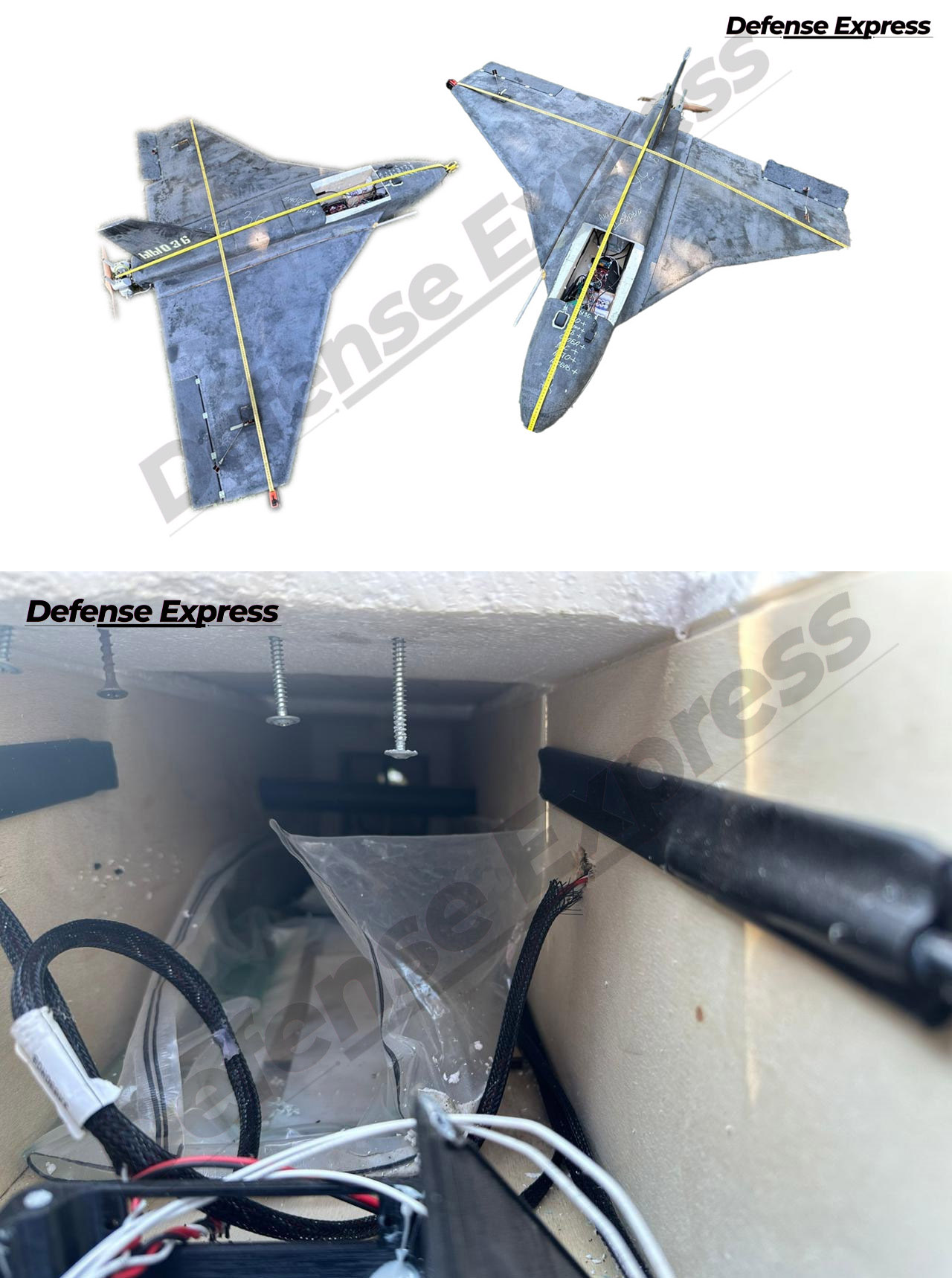
Though it is the attack version that deserves particular attention here. As showcased in the footage, the kamikaze UAV utilizes quite a mediocre camera and sends the imagery through a television channel for remote control. In other words, the terminal guidance is carried out by the operator manually, in a way similar to FPV drone control.
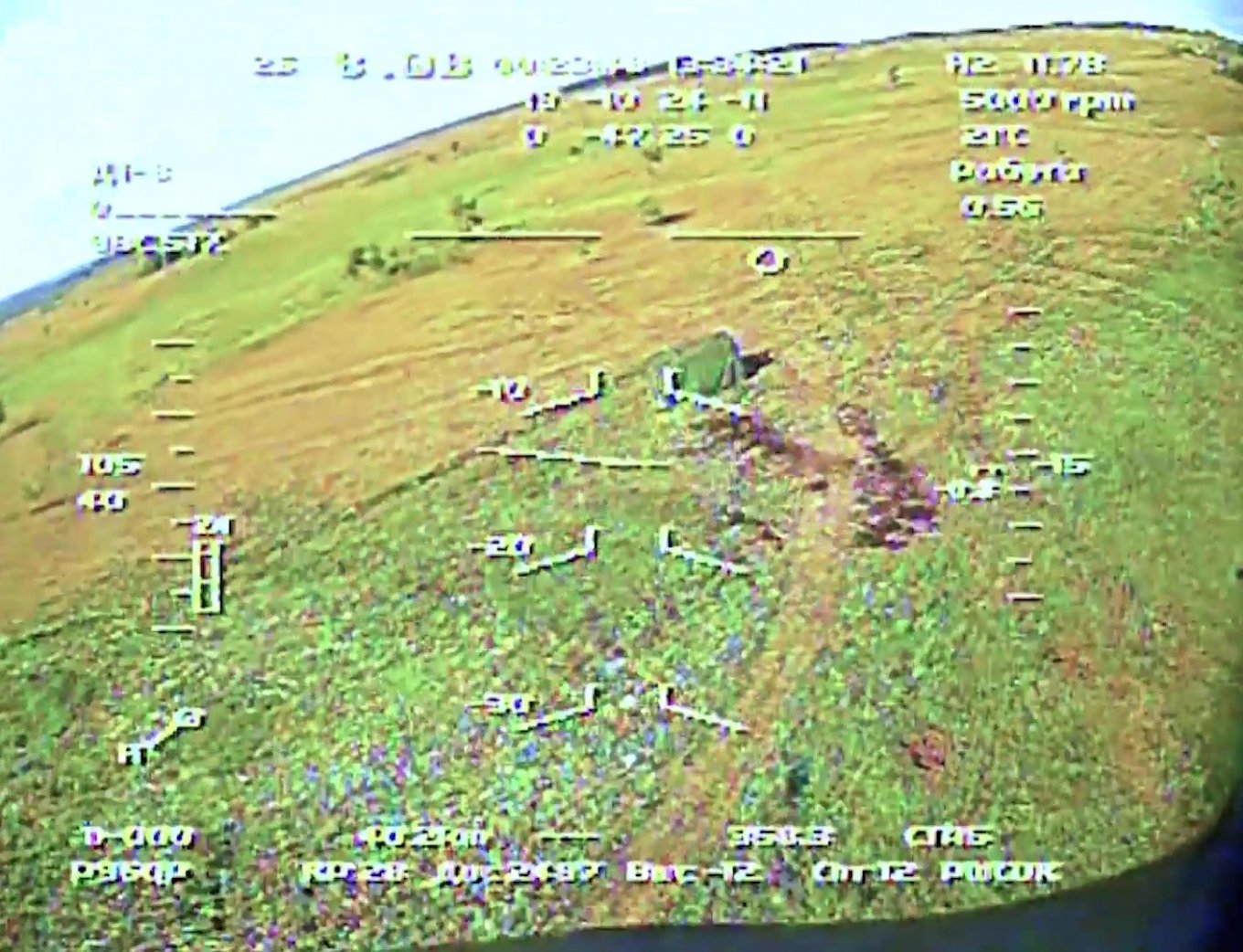
In practical terms, it means that accuracy depends on the operator's skill. If anything, the video shows just that, as the operator makes a mistake landing a hit on the ground right before the target. The fact russians still published it as is, without retaking the shot, means there's a limited number of them in availability.
Camera is also what sets it apart from Shahed-type UAV because the latter is not controlled manually but aimed at assigned coordinates.
This implies that the attack version of Gerbera has a much shorter operational range depending on the maximum distance of the video signal link, potentially ranging from a few dozen to a hundred kilometers if relay equipment is involved. However, once again, the downed sample of Gerbera, although unarmed, showed that a Ukrainian 4G SIM card can be used, which provides a stable high-speed connection in certain regions of Ukraine regardless of the operator's location.
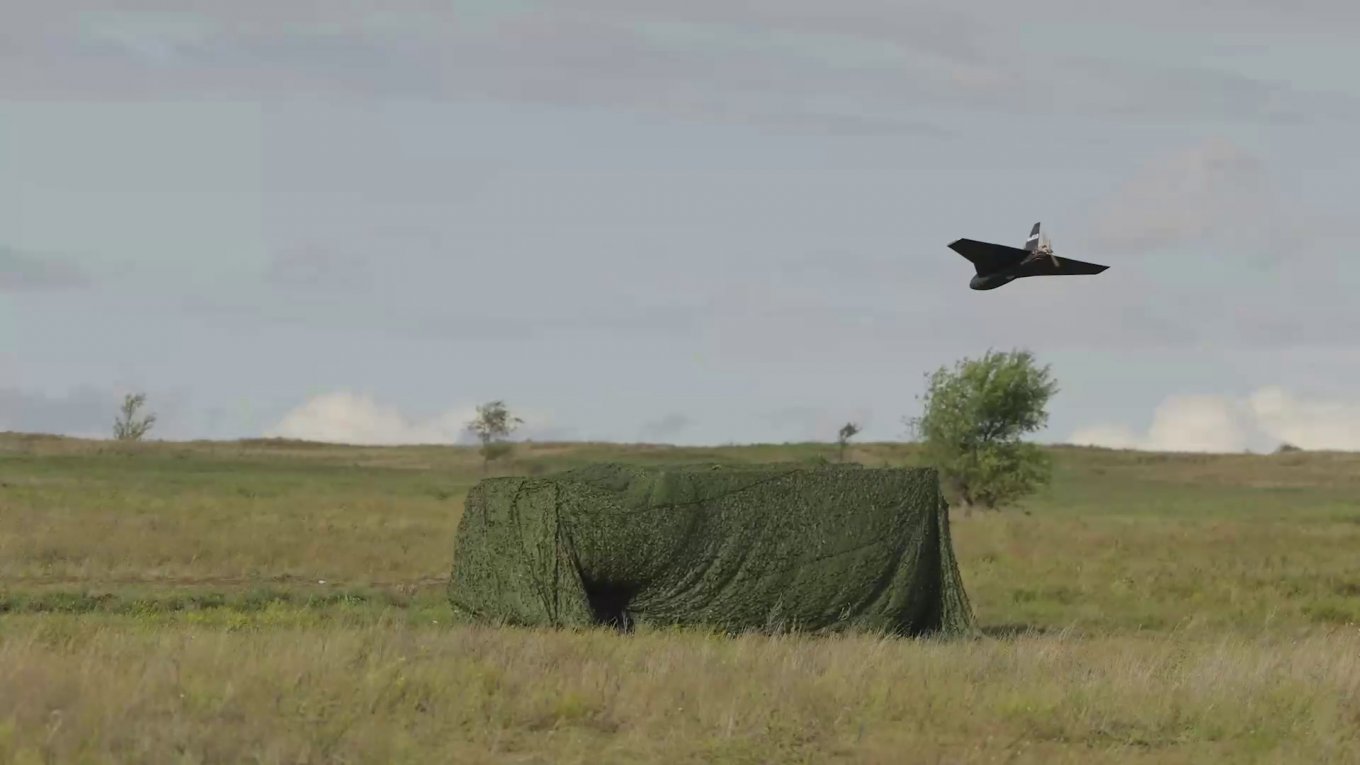
The remaining question is the drone's innate endurance Quite possibly, it's within 300 km without a warhead. This means it can be rather useful for gathering intelligence, for example, by looking out for Ukrainian radar systems with real-time data transmission through the Ukrainian mobile network. The decoy variant can be helpful, too, as a low-cost false target to force Ukrainians to spend expensive anti-aircraft ammunition.
Read more: New MacGyvered russian Drones Analyzed: Dissecting the Foam UAV with a SIM Card





